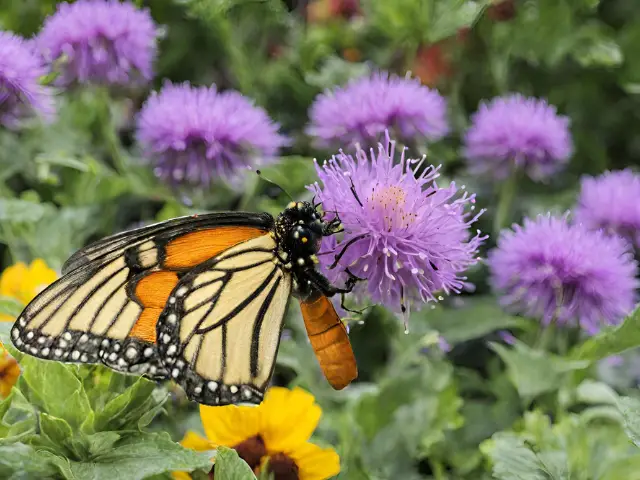How to Attract Pollinators to your Container Garden
Container gardens are a fantastic way to bring greenery and life into small spaces, balconies, and patios. Whether you’re growing vegetables, herbs, or flowers, it’s important to ensure that your plants receive adequate pollination. Pollinators such as bees, butterflies, and hummingbirds play a vital role in the reproduction of plants by transferring pollen from the male to the female parts of flowers. By attracting these pollinators to your container garden, you can significantly enhance the productivity and beauty of your plants. Here are a few tips on how to attract pollinators to your container garden:
1. Choose pollinator-friendly plants: The first step is to select plant varieties that are known to attract pollinators. Native wildflowers like coneflowers, bee balm, and black-eyed Susans are all excellent choices for attracting bees and butterflies. Additionally, consider planting herbs such as lavender, mint, and thyme which are highly attractive to both pollinators and humans alike.
2. Provide food sources throughout the seasons: To entice pollinators into your container garden year-round, strive for a diverse array of plants that bloom at different times. By incorporating early-season flowers like crocuses and snowdrops alongside late-season bloomers like asters or sedums, you can ensure there is nectar available for the entire duration of the growing season.
3. Offer a water source: Like any living creature, pollinators need access to water for hydration. Provide a shallow birdbath or a small dish filled with water in your garden. Adding rocks or pebbles within the water source will allow them something to land on while drinking safely.
4. Choose bright colors: Pollinators are naturally drawn towards vibrant colors such as reds, purples, oranges, and yellows. Planting flowers in these hues will make your garden more visible and appealing to bees, butterflies, and hummingbirds. Consider incorporating a mix of different colors to create an enticing visual display.
5. Create shelter and nesting opportunities: Pollinators require shelter to rest, hide from predators, and build their nests. Planting shrubs or tall perennial grasses around your container garden can provide natural hiding spots for pollinators. You could also incorporate birdhouses or insect hotels onto nearby walls or fences to offer additional nesting opportunities.
6. Avoid pesticides: Pesticides can harm pollinators, so it’s essential to avoid using them in your container garden if possible. Instead, opt for natural pest control methods such as handpicking insects off plants, introducing beneficial insects like ladybugs, or using organic pest repellents.
7. Maintain a chemical-free environment: In addition to avoiding pesticides, try to limit or eliminate the use of chemical fertilizers in your garden. These products can be harmful not only to pollinators but also to the overall health of your plants. Opt for organic fertilizers like compost or worm castings instead.
8. Encourage diversity: A diverse range of plants will attract a wide variety of pollinators. By creating an environment rich in both plant species and flowering seasons, you increase the chances of attracting different types of bees, butterflies, and birds.
Attracting pollinators to your container garden not only enhances the beauty of your space but also contributes positively to the environment by supporting these crucial creatures. By following these tips and providing a welcoming habitat for bees, butterflies, and hummingbirds, you can ensure healthy plant growth while enjoying the delightful presence of these incredible pollinators.













